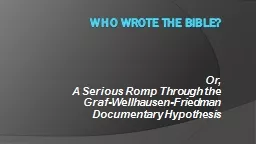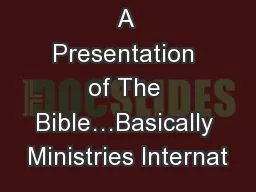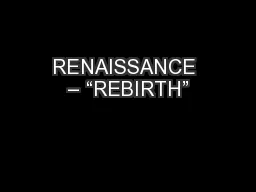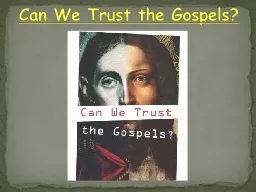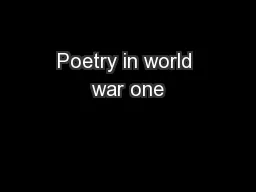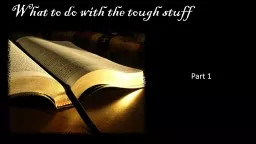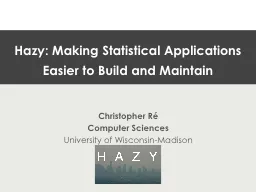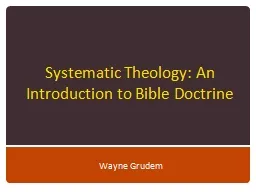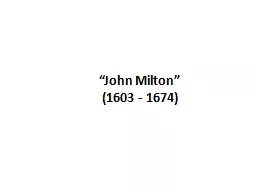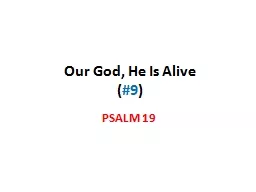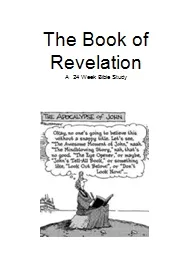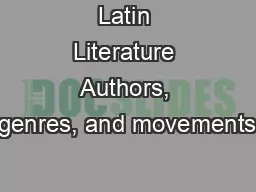PPT-Who wrote the Bible?
Author : mitsue-stanley | Published Date : 2017-03-18
Or A Serious Romp Through the Graf Wellhausen Friedman Documentary Hypothesis If you already know who wrote the Bible please raise your hand now GOD GOD Man Human
Presentation Embed Code
Download Presentation
Download Presentation The PPT/PDF document "Who wrote the Bible?" is the property of its rightful owner. Permission is granted to download and print the materials on this website for personal, non-commercial use only, and to display it on your personal computer provided you do not modify the materials and that you retain all copyright notices contained in the materials. By downloading content from our website, you accept the terms of this agreement.
Who wrote the Bible?: Transcript
Download Rules Of Document
"Who wrote the Bible?"The content belongs to its owner. You may download and print it for personal use, without modification, and keep all copyright notices. By downloading, you agree to these terms.
Related Documents

